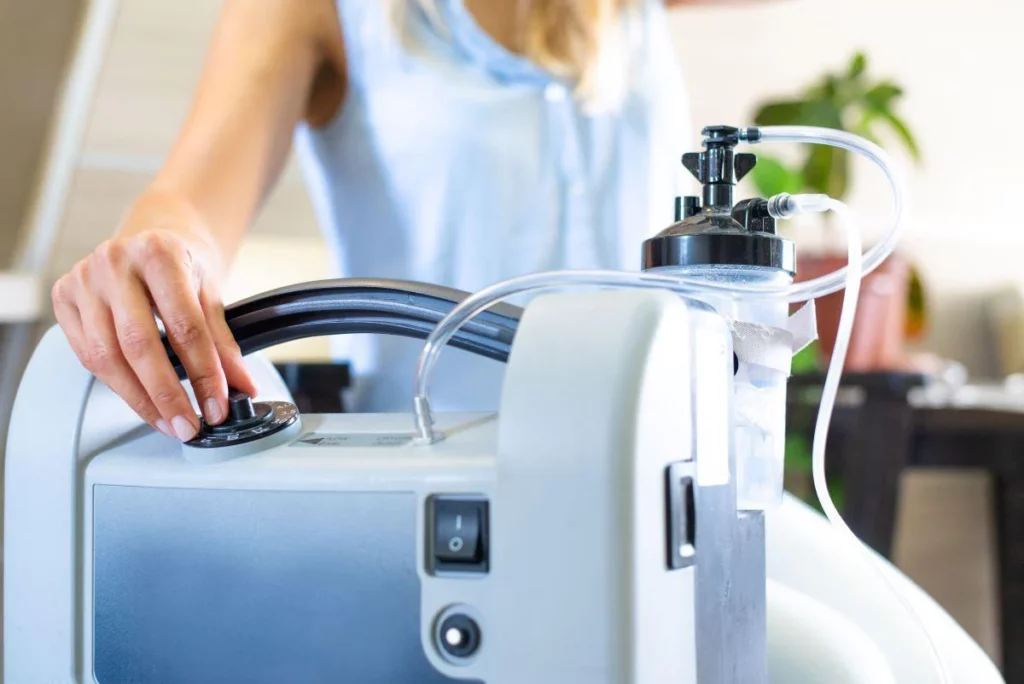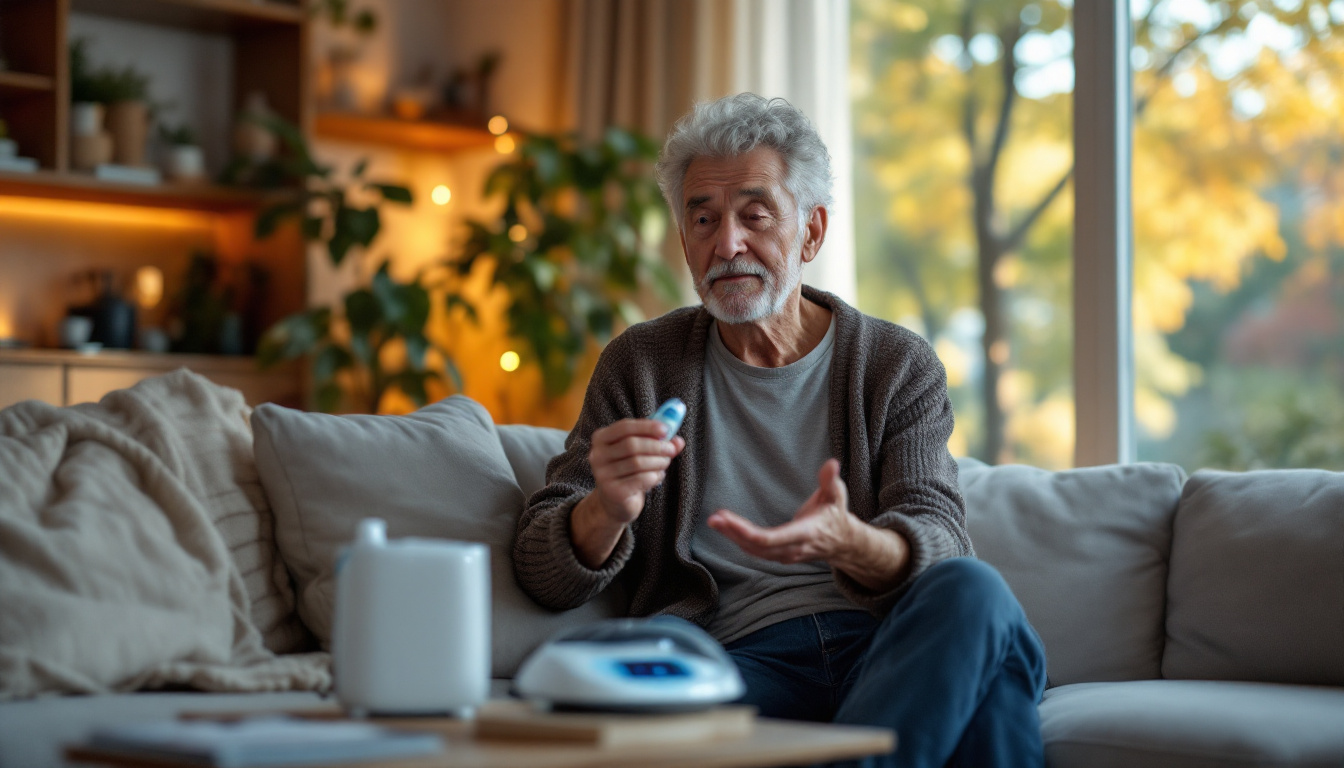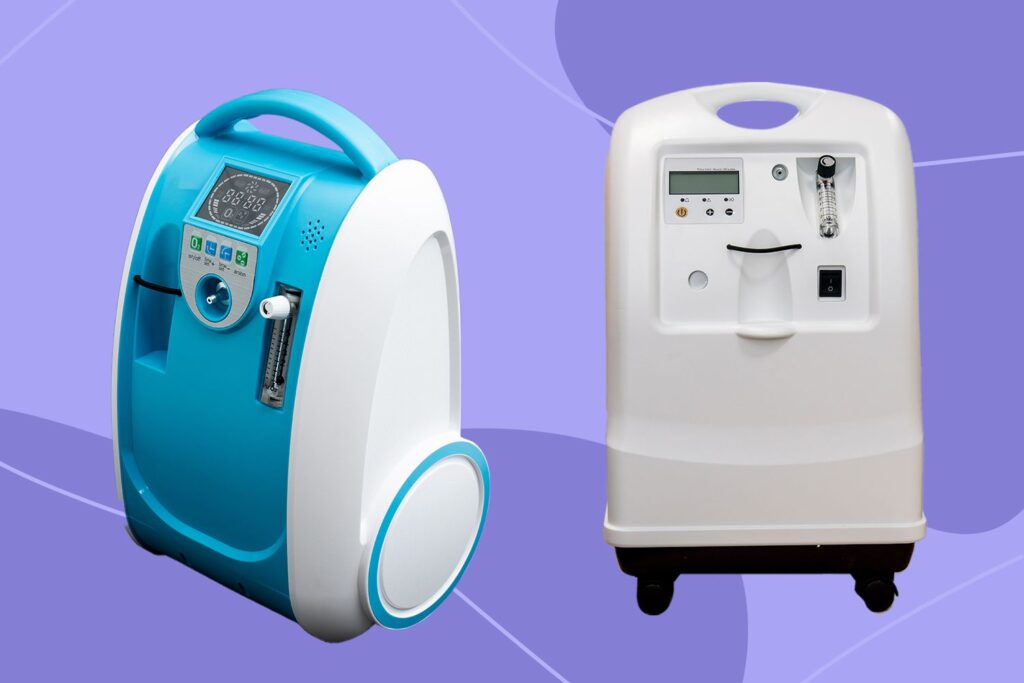In recent years, the demand for oxygen concentrators has surged, particularly among individuals with respiratory conditions. These devices, designed to provide a continuous flow of oxygen, have become essential for many. However, the question remains: are they portable enough to meet your specific needs? This article delves into the various aspects of oxygen concentrators, focusing on their portability, functionality, and suitability for different lifestyles.
Understanding Oxygen Concentrators
When evaluating the oxygen concentrator portable, weight and size are paramount. Most portable units weigh between 1.5 to 5 kilograms, making them manageable for daily use. Compact designs often include carrying straps or wheels, enhancing mobility for users who may have difficulty lifting heavier devices.
What is an Oxygen Concentrator?
An oxygen concentrator is a medical device that extracts oxygen from ambient air and delivers it to the user at a higher concentration. Unlike traditional oxygen tanks, which require refilling and can be cumbersome, oxygen concentrators offer a more convenient and sustainable solution. They are particularly beneficial for individuals suffering from chronic obstructive pulmonary disease (COPD), asthma, or other respiratory ailments.
These devices come in various sizes and capacities, catering to a wide range of oxygen needs. Some are designed for stationary use, while others are specifically engineered for portability, enabling users to maintain an active lifestyle without compromising their health. Furthermore, the technology behind oxygen concentrators has advanced significantly, with many models now featuring user-friendly interfaces and built-in alarms that alert users to any operational issues, ensuring peace of mind while using the device.
Types of Oxygen Concentrators
Oxygen concentrators can be broadly classified into two categories: stationary and portable. Stationary units are typically larger and designed for home use, providing a continuous supply of oxygen. In contrast, portable oxygen concentrators (POCs) are smaller, lighter, and equipped with battery power, making them ideal for travel and outdoor activities.
Portable oxygen concentrators often feature adjustable flow settings, allowing users to customise their oxygen intake according to their needs. This flexibility is crucial for those who may require varying levels of oxygen during different activities, such as exercise or rest. Additionally, many POCs are designed to be discreet and stylish, enabling users to carry them without drawing unnecessary attention. This consideration for aesthetics can significantly enhance the user experience, as it allows individuals to engage in social activities with confidence, knowing that their medical needs are being met without compromising their personal style.

Assessing Portability
Weight and Size Considerations
It is essential to consider the dimensions of the concentrator as well. A smaller unit can easily fit into a backpack or carry-on luggage, making it suitable for air travel or day trips. Always check the specifications of the device to ensure it aligns with your lifestyle and travel plans. Additionally, some models are designed with ergonomic features that not only reduce bulk but also improve user comfort during transport. This can be particularly beneficial for those who need to carry their concentrator for extended periods, such as when visiting family or attending events. The right choice can significantly enhance the overall experience, allowing users to maintain their mobility without compromising on their health needs.
Battery Life and Charging Options
Battery life is another critical factor when assessing the portability of an oxygen concentrator. Most portable models offer a battery life ranging from 4 to 10 hours, depending on the flow setting and usage patterns. Users should consider their daily activities and plan accordingly, ensuring that the device can support their oxygen needs throughout the day.
Charging options also play a significant role in portability. Many portable oxygen concentrators can be charged via a standard wall outlet, car charger, or even a portable power bank. This versatility allows users to recharge their device while on the go, ensuring they are never left without oxygen when they need it most. Furthermore, advancements in technology have led to faster charging times, meaning that even short stops during travel can provide an opportunity to replenish battery life. Some models even feature smart battery management systems that optimise power usage, extending the life of the battery and ensuring that users can rely on their device during longer excursions or unexpected delays. This level of convenience is invaluable for those who lead active lifestyles or frequently travel, as it allows for greater freedom and peace of mind. Read more about technology at https://postgraduateeducation.hms.harvard.edu/trends-medicine/physicians-forefront-health-care-technology-innovation
Evaluating Your Needs
Daily Activities and Lifestyle
Before selecting a portable oxygen concentrator, it is crucial to assess your daily activities and lifestyle. For those who lead an active life, engaging in outdoor sports or frequent travel, a lightweight, compact model with a long battery life is essential. Conversely, individuals who primarily stay at home may find a stationary unit more suitable, as it provides a continuous supply of oxygen without the need for frequent recharging.

Consideration should also be given to the environments in which the device will be used. If frequent travel is anticipated, it may be beneficial to choose a model that is FAA-approved for air travel, ensuring compliance with airline regulations. Additionally, some portable concentrators are designed to withstand various weather conditions, making them ideal for outdoor adventures.
Consulting with Healthcare Professionals
Engaging with healthcare professionals is a vital step in determining the most suitable oxygen concentrator for your needs. Physicians or respiratory therapists can provide valuable insights into the required oxygen flow rate and any specific features that may be beneficial for your condition.
They can also assist in evaluating the potential impact of lifestyle changes on oxygen requirements, ensuring that the chosen device aligns with both medical needs and personal preferences. This collaborative approach can significantly enhance the overall experience of using an oxygen concentrator.
Advantages of Portable Oxygen Concentrators
Enhanced Mobility
One of the primary advantages of portable oxygen concentrators is the enhanced mobility they offer. Users can engage in various activities without being tethered to a stationary unit, allowing for a more active and fulfilling lifestyle. Whether it’s a leisurely walk in the park or a weekend getaway, portable concentrators empower individuals to explore the world around them.
This newfound freedom can have a profound impact on mental well-being, as it reduces the limitations often associated with respiratory conditions. The ability to participate in social activities and travel can lead to improved quality of life and overall satisfaction. Click here to find more about respiratory.
Cost-Effectiveness
While the initial investment in a portable oxygen concentrator may seem significant, it is essential to consider the long-term cost-effectiveness of these devices. Unlike traditional oxygen tanks, which require regular refills and maintenance, portable concentrators operate on electricity and can be used indefinitely, provided they are well maintained.
Additionally, many health insurance plans cover a portion of the costs associated with purchasing or renting an oxygen concentrator, making it a more financially viable option for many individuals. This financial aspect, combined with the convenience and mobility offered by portable units, makes them an attractive choice for those in need of supplemental oxygen.
Making the Right Choice
Researching Available Options
With a plethora of portable oxygen concentrators available on the market, conducting thorough research is essential. Comparing features, specifications, and user reviews can provide valuable insights into the performance and reliability of different models. Websites dedicated to medical equipment often provide side-by-side comparisons, making the decision-making process more manageable.
It is also beneficial to consult online forums or support groups for individuals using oxygen concentrators. Personal experiences and recommendations can offer unique perspectives that may not be evident from product descriptions alone.
Trial Periods and Rentals
Many suppliers offer trial periods or rental options for portable oxygen concentrators, allowing users to test the device before committing to a purchase. This hands-on experience can be invaluable, as it enables individuals to assess the device’s functionality, comfort, and suitability for their specific needs.
During the trial period, users should take note of how the concentrator fits into their daily routine and whether it meets their oxygen requirements. This practical evaluation can significantly influence the final decision, ensuring that the chosen device aligns with both medical needs and lifestyle preferences.
Conclusion
In conclusion, the portability of an oxygen concentrator is a critical factor that can significantly impact the quality of life for individuals requiring supplemental oxygen. By understanding the various types of concentrators, assessing personal needs, and conducting thorough research, users can make informed decisions that enhance their mobility and overall well-being.
Ultimately, the right portable oxygen concentrator can empower individuals to lead active, fulfilling lives, free from the constraints often associated with respiratory conditions. By prioritising portability and functionality, users can ensure that their oxygen needs are met, allowing them to explore the world with confidence.
Read more at: How a Portable Oxygen Cylinder Can Support Active Living

